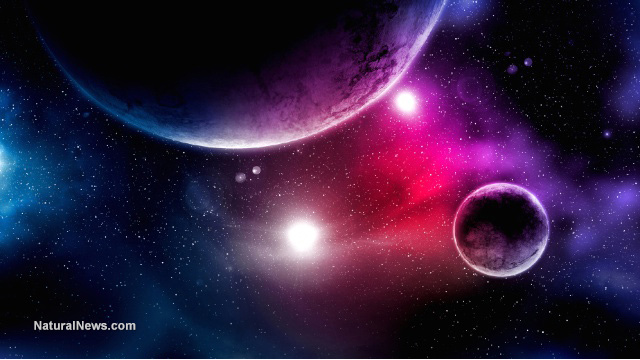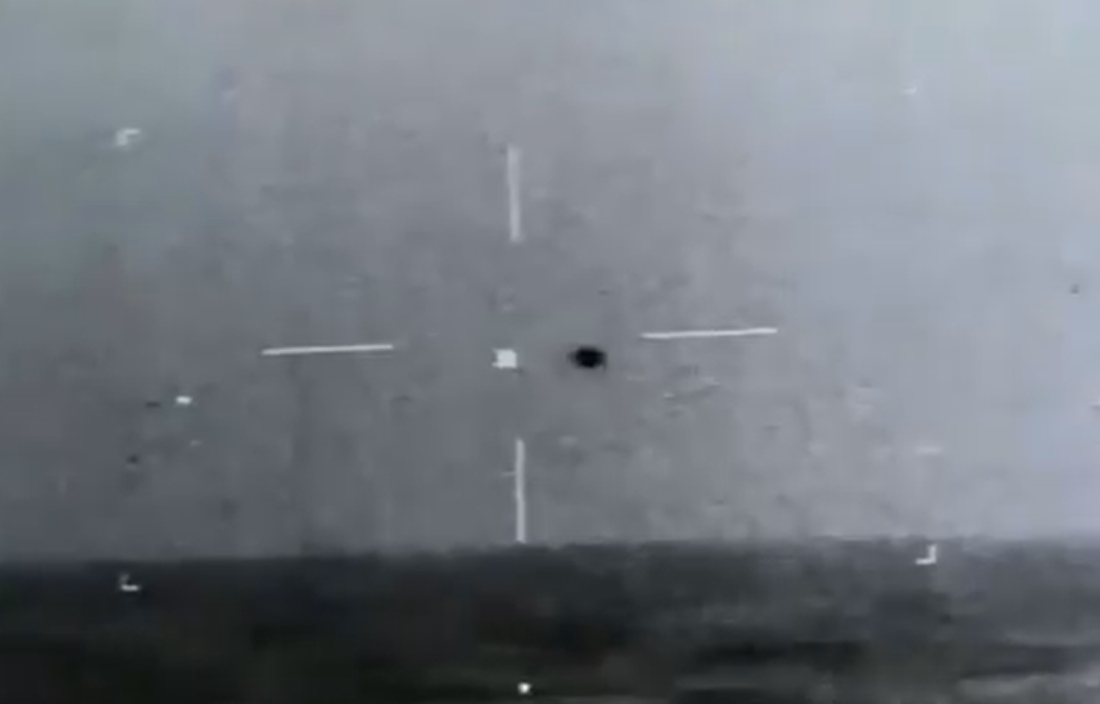
Advertisement
Our galaxy’s weirdest star, KIC 8462852, is even weirder than previously thought, showing changes never observed before in a star like this.
Article by IFL Science
To quickly recap, last year it was announced that the object experienced dramatic and rapid changes in brightness, which led to the wild speculation that the object was surrounded by an alien megastructure. New observations have shown that there are no aliens around it but the mystery has deepened further still, as historical data suggests that the star has inexplicably dimmed by 14 percent in just over a century.
Researchers Josh Simon and Ben Montet, using observations by NASA’s Kepler space telescope, discovered that KIC 8462852 faded slowly and then suddenly during the four years it was studied.
“Our highly accurate measurements over four years demonstrate that the star really is getting fainter with time,” said Montet, from Caltech, in a statement. “It is unprecedented for this type of star to slowly fade for years, and we don’t see anything else like it in the Kepler data.”
A pre-print of the research was released in August, and is now published in the Astrophysical Journal. In it, the scientists compared KIC 8462852 to 500 similar stars also observed by Kepler. Although they saw a small fraction getting fainter with time, none had dimming episodes as intense.
KIC 8462852, which is also known as Tabby’s star, faded about 1 percent in the first three years of the study, before suddenly dropping another 2 percent more. It then remained stable for the final six months.
“This star was already completely unique because of its sporadic dimming episodes. But now we see that it has other features that are just as strange, both slowly dimming for almost three years and then suddenly getting fainter much more rapidly,” Simon, from the Carnegie Institute of Science, continued.
The six months of dimming in 2012 could be explained by the breakup of a planet or comets, but the apparent long term fading must be something else. And we still don’t know what caused a dramatic change in brightness reported last year.
“It’s a big challenge to come up with a good explanation for a star doing three different things that have never been seen before,” Montet added. “But these observations will provide an important clue to solving the mystery of KIC 8462852.”
Read more at: IFLScience.com
Submit a correction >>
This article may contain statements that reflect the opinion of the author
Advertisement
Advertisements















